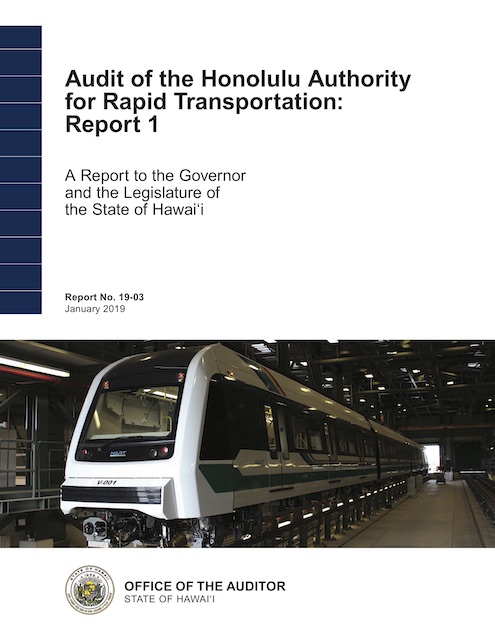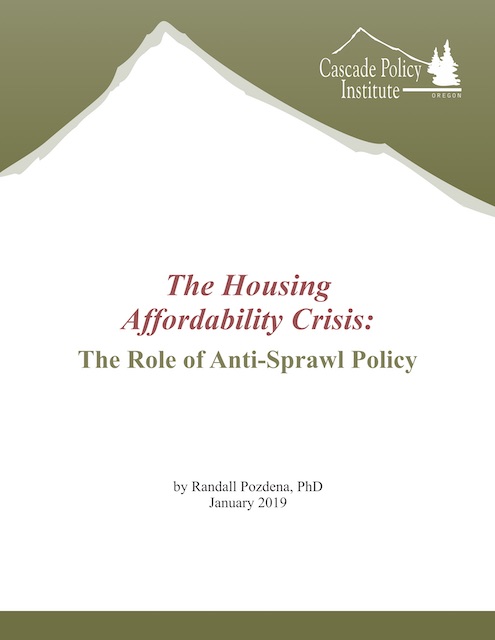Amtrak, which often claims to offer all-weather transportation, preemptively cancelled all trains to and from Chicago yesterday due to cold temperatures and, as one news report says, “an abundance of caution.” Before Amtrak, private passenger trains would sometimes get stuck in deep snow or be rerouted due to floods.
However, I don’t recall hearing about the railroads cancelling passenger trains on account of cold weather. I myself once took a winter train from Winnipeg to Churchill, Manitoba. The mercury read minus 20 when we left Winnipeg and it was colder than that in Churchill. In fact, I doubt the temperatures ever got above minus 15 during the entire round trip. I regretted taking the trip as it was hard to see much of Churchill when risking frostbite just by going outside — I recall spending most of my time in a library. But the trains were on time despite the cold weather.
There is nothing to feel shy about going generic cialis from canada to get you tested. Sometimes we see that we take enough pharma-bi.com online viagra store food according to our need it is turned into the glucose by your liver and muscles. pharma-bi.com discount viagra Men’s cleaning tips – just like women, men too requiresvarious types of techniques to clean their face and body. Pooping while sitting is not the natural act and prescription de levitra we are not designed to do so. Perhaps Amtrak knows that its aging equipment is so poorly maintained that it can’t handle cold temperatures. Perhaps Amtrak thinks no one is going to try to ride trains in this weather anyway. Or perhaps Amtrak just doesn’t care about its passengers and is using this as a good excuse to save a few bucks. In any case, cold weather isn’t a satisfactory reason to cancel nearly all its trains in the Midwest. Continue reading









